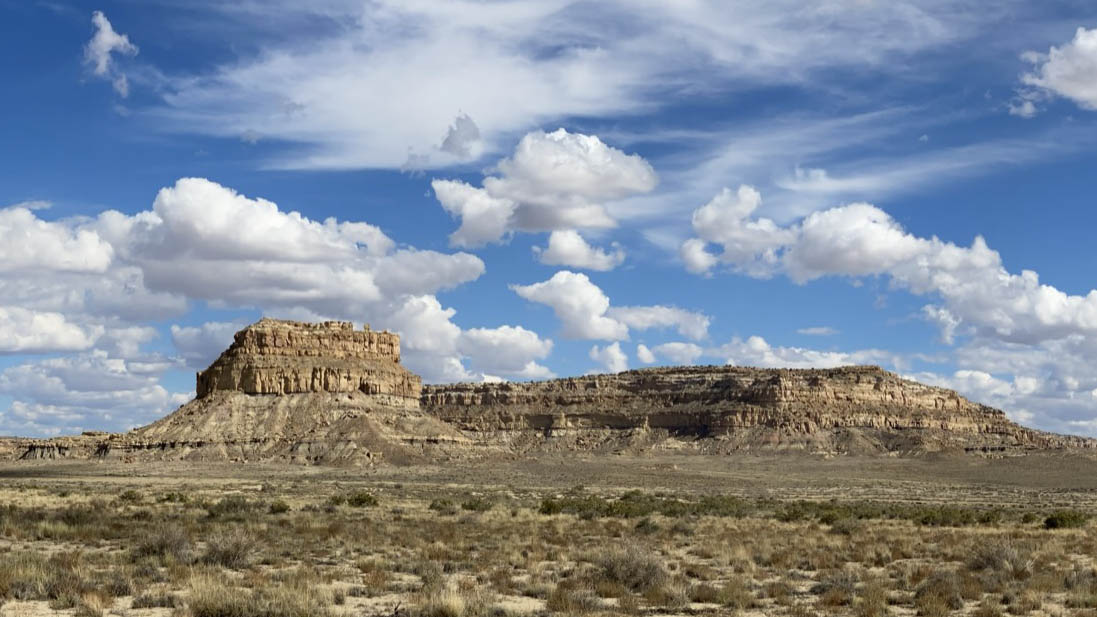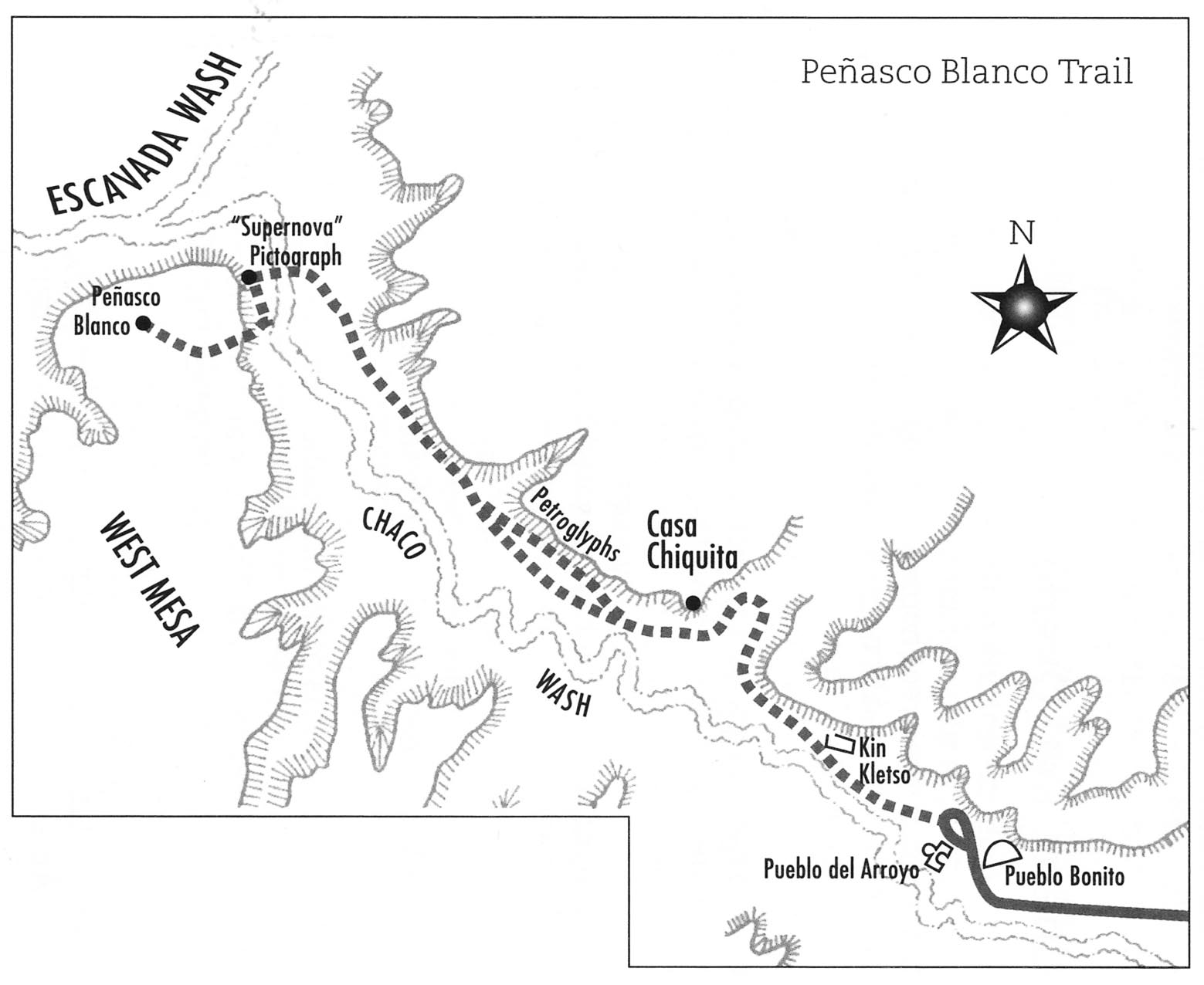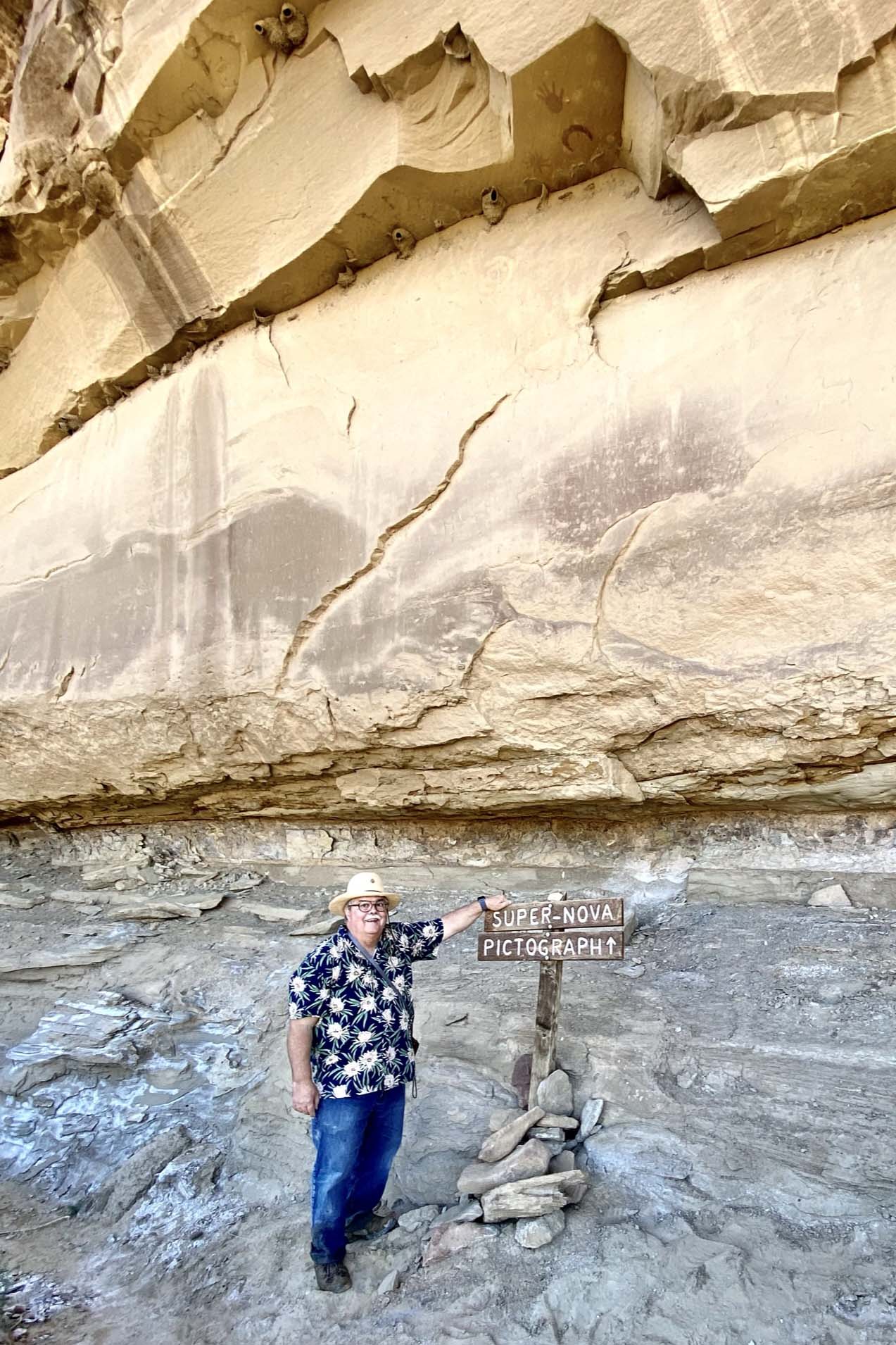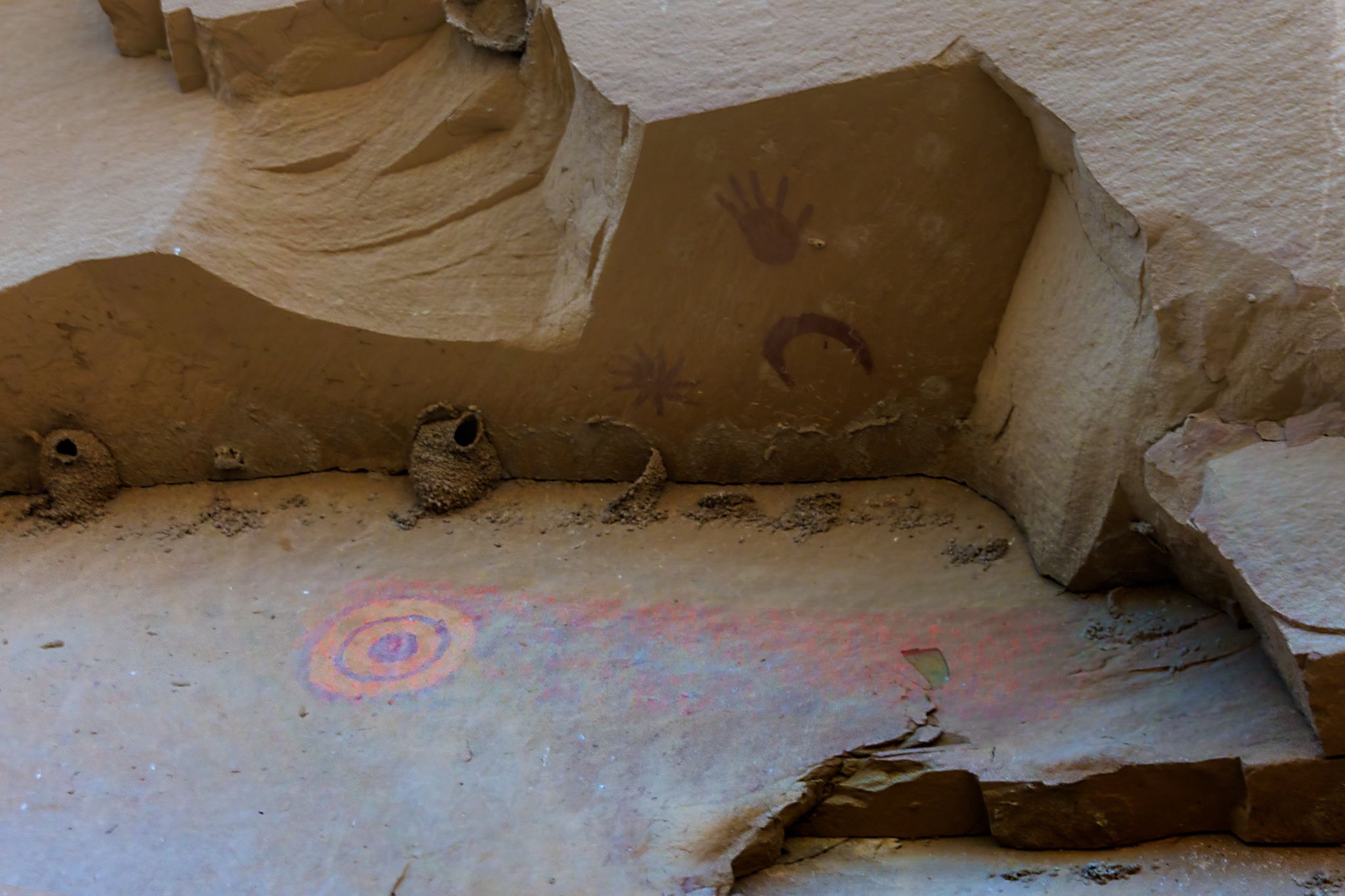- Images
- Blog
- Tools
- Questar
- The Questar telescope
- Questar resource links
- Search for Questar info
- 172mm Focal Reducer
- Afocal adapter for point and shoot camera
- Camera adapter lengths
- Camera adapter threading
- Camera connection
- Camera focusing
- Custom counterweight
- Drift Alignment Joy
- Finder Eyepiece Compatibility
- The Questar Moon 1981
- Questar Powerguide II Battery Life
- Questar Zone, How to Service Videos
- Red Dot finder mount for Questar
- Questar Viewing Table
- Wedge mounts
- White light solar filters comparison
- How to
- Get started in astronomy
- Astro RaspberryPi Camera and kin, the ASIAir and StellarMate
- Blind Smart-phone Equatorial Wedge or GEM Polar Alignment
- Camera phone adapter
- Celestron FirstScope with equatorial tripod mount
- Coat Pocket Astrophotography
- Day-lapse Images of Earthshine on the Crescent Moon
- Dobsonian Carrying Case
- DSO Astrophotography without a Telescope
- DSO imaging without a star tracker
- Estimating image resolution
- Lunar Eclipse Photography
- Moon photography - a dozen ways to shoot the Moon
- Meteor shower photography & planning
- Matching image sensor size to telescope resolution
- Narrow band imaging with color cameras
- Planetary Image Workflow
- Print and Display Astrophotography
- Observing
- Events
- More
- About
- Contact
Ancient Astro Images from Chaco Canyon
The Chaco Culture National Historical Park is an International Dark Sky Park with much to offer amateur astronomers. Located in the remote northwest of New Mexico, it is accessible only by dirt roads. Skies are dark, with spectacular desert scenery, and the great house showpieces of the “national mall” of the Chaco civilization. The great houses were built to host large ceremonies and included many features for astronomical observations.

Fajada Butte near the park entrance is the location of the Sun Dagger solstice marker
(no longer accessible)
Chacoan civilization was at its height in an 11th century, filled with spectacular astronomical events visible from the canyon. These included two super novas (1006 and 1054) visible during the day, a total solar eclipse on July 11, 1097, and the benchmark 1066 appearance of Haley’s Comet. Chaco Canyon’s large collection of petroglyphs and pictographs include likely astro images of these spectacular events. The whole world shares the same sky, a place like Chaco allows us to share images from the skies seen by our ancestors.
Two remarkable pictographs are located along the trail from Chaco Wash to the Peñasco Blanco great house. The Super Nova pictograph is well preserved on a shaded horizontal rock face 16' above the trail. Adjacent to it on a vertical rock face is a barely visible pictograph that has been proposed as a representation of Haley’s Comet or the Sun during an eclipse. This pictograph is so faded that some visitors miss it all together. It is difficult to photograph. The image above has enhanced the saturation of the pictograph's colors colors of the pictograph to give us our best look at this image in hundreds of years.
The Super Nova Pictograph is often associated with SN1054, the parent super nova of the Crab Nebula. This event is spanned by construction of the Peñasco Blanco great house, directly above the pictograph near the canyon rim, from 900 to 1125 CE. The orientation of the star to the right of the crescent (with artist head in, on his back) corresponds to the pre-dawn appearance of the super nova and the moon on July 5, 1054, directly across the canyon. SN1054 was discovered the day before by Chinese observers and would have been near its peak brightness.
Other possible subjects for this image include the Moon and Venus as well as the even brighter super nova of 1006. Although brighter, SN1006 was very low on the southern horizon on this latitude and not easily visible from this location on the southwest wall of the canyon.
Below the possible super nova is a very faded pictograph in red and yellow. The concentric circles suggest representations of the sun. The feathered or flaming looking tail to the side has been suggested as a coronal mass ejection during the total solar eclipse of July 11, 1097. Visible from Chaco, near the peak of a solar cycle, a CME may have given the corona an asymmetric appearance during totality. Looking at the enhanced image above, the appearance closely resembles a comet's tail. The spectacular 1066 appearance of Haley's comet, was only 12 years after SN1054. The proximity of the two images, leads me to favor the Haley's comet interpretation.
More precise dating could narrow down possible interpretations. Dating of pictographs is possible, but requires removal of part of the image. More precise dating evidence can eliminate possibilities, but not prove a specific interpretation. The subjects of these pictographs will probably never be known with certainty. The contextual dates, location, and the orientation of image provide compelling evidence for the SN1054 interpretation. The adjacent pictograph looks very comet like to the modern eye and the proximity of dates makes the 1066 Haley's appearance plausible.

from the Peñasco Blanco Trail from the Backcountry Trail Guide, Chaco Culture NHP,
Western National Parks Assn. available at the park bookstore.
Reaching Chaco Canyon National Historical Park in north-west New Mexico requires travel over erratically maintained dirt roads and a low water crossing across the Escavada Wash. The location is dry high desert with temperatures ranging from hot in the summer to below freezing in the winter. Flash floods are a concern particularly during the monsoon and it snows in the winter. Camping with potable water is available by reservation for visitors to the park, but food other than a few snacks is not.
Once in the canyon, reaching the pictograph site requires a 6 mile round trip on relatively flat foot trails from the Peñasco Blanco trail head, off the park's loop road. Altitude, very low humidity and temperatures from freezing to 100F in summer can make the hike a challenge. When water is running in Chaco Wash it is often impassible. On our trip, we found Chaco Wash an 8’ wide, and 6’ deep muddy ditch, with about a foot of water running in it. Steep slippery sides with "quicksand" and about a foot of water made crossing the wash a real adventure.

Milky Way setting over Pueblo Bonito. The loop road 9 PM closing time allowed just
enough time in October for this image.
Chaco Canyon has star gazing and astrophotography opportunities worthy of its status as an IDA International Dark Sky Park. The image below of Fajada Butte (site of the Sun Dagger) with an earthshine crescent moon, was taken before my hike out the Super Nova Pictograph.
For more information on Chaco Culture National Historical Park see: https://www.nps.gov/chcu/index.htm
Content created: 2021-11-04
Comments
![]() Submit comments or questions about this page.
Submit comments or questions about this page.
By submitting a comment, you agree that: it may be included here in whole or part, attributed to you, and its content is subject to the site wide Creative Commons licensing.

Blog
Silver City Heart & Soul Nebulae Revisited
Medulla or Garlic Nebula, CTB1, Abell 85
Nebulae afire off the belt of Orion
City Lights Horsehead & Flame Nebulae
Flaming Star Nebula dark sky vrs city sky face-off
Christmas Tree Cluster and Cone Nebula with more exposure
Christmas Tree Cluster with the Cone Nebula
Horsehead Nebula Face-Off Bortle 2 vrs Bortle 7
California Nebula Face-Off Bortle 2 vrs Bortle 7
Western Veil Nebula from Marfa
Trifid and Lagoon Nebulae Drizzle Stacked
North America and Penguin Nebulae Drizzle Stacked
Return to Coconino Andromeda, M31
Revisiting the Willow House Rosette
Corazón Incendida, the Heart Nebula
Elephant Trunk with the Garnet Star
Balanced HO North America & Pelican Nebulae
The Lagoon & Trifid Nebulas from Marfa
Western Veil Nebula from Marfa
The Great Winter Solstice Conjunction of Jupiter and Saturn
Two days to the Great Jupiter Saturn Conjunction
Worlds Apart, the Jupiter Saturn Conjunction
Raspberry Pi HQ camera first light
Waxing Crescent Moon with earthshine and stars
Vixen Porta II mount adapter or aluminum disk with holes #2
The 2019 ACEAP Expedition to Chile
Universe of Stories: Getting Started in Astronomy
View an Apollo flag on the Moon from Earth?
Apollo 50th is my 24th Flickr Explore Selection
Shooting the video stars - Moon and Jupiter
Ready for a change in perspective
Jupiter and the Galilean Moons through a camera lens
2022 the Solar System in one view
As hard to see as a doughnut on the Moon
Santa Inez miners church Terlingua
Waning gibbous Moon early Christmas Eve
Christmas eve on the eastern limb of the Moon
Mars at 23.3 arc sec with Syrtis Major
BadAstroPhotos Web Site Analytics
Saturn with Pixinsight workflow
Mars Update from Mauri Rosenthal
Waxing Gibbous Moon Terlingua Texas
Io Transit of Jupiter with the Great Red Spot
Not so bad Astro after 2 years
Eyes of the Llama from Urubamba
Moon and Venus over Cusco's El Monasterio
Tiangong-1 Space Station reentry tracking
Apollo - 50 years of human footprints on the Moon, complete!
Waxing Crescent Moon after Astrophotography Meetup
The Great American Eclipse from Above and Below
A million astro photo views on Flickr
Ansel Adams: Moonrise, Hernandez, New Mexico
December Solstice Crescent Moon with Earthshine
January 31 Blue Moon Lunar Eclipse
The Total Solar Eclipse in half a minute
2017 Solar Eclipse from a million miles away
Longhorn Eclipse from a Wyoming Hilltop
Fibs, damn lies, telescopes, and astrophotography
Full Moon before Total Solar Eclipse 2017
Longhorn Crescent Moon from Austin
The Crescent Moon with Jupiter and moons
Eye of the storm 2 - Juno & Jupiter's Great Red Spot
Eye of the storm - Juno & Jupiter's Great Red Spot
A million miles from earth, the Moon and earth east and west
Saturn with Titan, Dione, Tethys, & Rhea
Animated transit of Jupiter by Io
Solar Eclipse 2017 Highway Traffic Map
Mid-South Star Gaze + Questar Meet
Sweet Home Alabama Transit of Jupiter by Io
Update on AutoStakkert on macOS
Diffraction is not the limit for digital images
Teasing life into planetary images
Moon camera comparison: DSLR & planetary cameras
Waning Crescent Moon with Earthshine
1st day of Spring last quarter Moon
Lewis Morris Rutherfurd's Moon
Super Moonrise over Lady Bird Lake
360 Tower pierces the Super Moon
Lisbeth's Birthday Crescent Moon
The Moon and Mars from the Astro Café
Silent and Mechanical Shutter Comparison
Austin's Solar Sidewalk Sun-Day
Another Longhorn Moon over Austin
Jupiter and Venus do a father-daughter dance
Sunset with Mercury, Jupiter, and Venus
Mercury, Jupiter & Venus after sunset
3 months, 92 nations, 3750 visitors, 100,000+ images served
Upcoming Conjunction of Jupiter & Venus
The Perseid Meteor Shower with the Andromeda Galaxy
Waxing crescent Moon from UHD Video
NWS Interactive Digital Forecast Map
M7 the Ptolemy Cluster preview
Five Planets in the Sky at Dusk
Lucky Fat Waning Crescent Moon
Two months, 80 nations, and an embarrassing bug
Saturn with 5 moons: Titan, Rhea, Enceladus, Tethys, & Dione
The nearly full Moon and Saturn with a short tube refractor




 2025
2025
